Frost April 7, 8 and 13, 2021 – impact and assessment
Many of our mailing list subscribers (signup here) and readers have reached out about the frosts that hit France in the last week. Frost damage is more frequent than before.
In this article I talk about how we have been impacted by the latest round of frost but also about what is causing it and what that means for you as a human on planet earth.
The Situation
Frost hit the vineyards of France on April 7, 8 and 13, 2021. The damage was widespread with some winegrowers losing 80% of their potential crop. At Chateau Feely we estimate that we have lost about 15%. The worst hit was the Cabernet sauvignon, a plateau parcel that is well exposed and subject to extreme heat and cold.
Photo below of the smoke funnels created by bales of hay being burned by neighbours to try to ward off the frost (generally seen as not effective or of very limited effect). You can see a short video at Chateau Feely instagram (turn up the sound and you’ll hear helicopters too). Helicopters flying overhead move the air and can help avoid frost damage. Another way is to use ‘candles’ – tins of fuel – that are lit and burnt through the critical hours of early morning. The cost of these is around 2500 euro per hectare and they last for two nights. For those who tried to combat with this method they are potentially at a cost of 5000 euro per hectare given 3 nights of frost.
(As an aside – we thanked the heavens for resetting our annual bottling date to 9 April. If we had bottled as planned on the 8th our wines would have been impacted by the intense smell of smoke.)

Saussignac Castle through the smoke. There was so much smoke from the burning bales we could barely breathe. Research shows that this action has limited results. If we compared the negative implications for the planet and for the people living in the area I am sure it would be banned. We couldn’t work outside the smoke was so bad.
What does frost damage look like and what does it mean?
So trying to protect your crop from frost is costly both in euro and in CO2.
But losing a crop is costly too. This is a Sémillon bud lost on the lower section of the vineyard. Usually it is worse at the bottom than the top since cold air sinks.

Since the frost has killed this shoot it won’t grow and be able to create leaves and grapes.

But as you can see from this photo – there are still many healthy looking green shoots in this parcel of Sémillon.
The photo above is the Cabernet sauvignon which fared less well. About 50% hit particularly to the back of the parcel.
Where the shoot is lost the vines will try to put out a new shoot which will be a few weeks behind the original set, these may fruit but this fruit will probably not be ripe by harvest time. This will make it more complicated for harvesting but since we handpick we can adjust to cope with this.
The local plum farmers say their orchards are also badly hit. This frost has implications for all tree (eg plums, apricots, apples, cherries) and vine (eg grapes, kiwis) fruit farmers. Vegetable farmers are also affected but if their crops are short cycle annuals they can recover. For long cycle perennial farmers that are 100% hit, it can mean a zero year. The orchards/vineyards still need to be farmed but generate no income so it is very tough financially.
What is the cause of the frost? Why is it happening more frequently?
Frost loss has increased in the last five years compared to our first 10 years here (we bought the farm in 2005).
There is a double effect of the climate crisis. The temperatures are hotter earlier, so the vines are setting their buds earlier, this makes them more at risk to frost.
Then the second effect of climate change is more ups and downs, not just more heat. This means we get greater temperature change in a given day than before. On the frost day on 8th April, the temperature went from -2 deg celcius in the morning to +22 deg celcius in the afternoon.
The great irony of cimate crisis is that it is a reinforcing negative – the frost means that farmers burn fuel and fly helicopters overhead to save their crops reinforcing the original problem. The same happens when we run aircon to deal with extreme heat, we reinforce the problem and create a negative reinforcing circle. We are all responsible to do everything we can to change this dynamic for ourselves and the generations that come after us. Climate crisis creates great risk for our food systems and a lot more – it doesn’t just mean hotter conditions. Read my article on the diverse effects of the climate crisis and what we can do as individuals to make a difference.
Conclusion
As winegrowers we have to consider new ways to adapt to the potential danger of frost, perhaps higher trellising, perhaps different varieties that bud later or ventillator systems – all very costly to implement. But at the same time we all need to work towards climate change mitigation – decreasing our co2 and other atmosphere warming gas emissions. See my article on Jancis Robinson.com about what we do at Chateau Feely to decrease our footprint.
The risk of frost remains through to early May. In France we call the moment where the risk is officially past the St Glace (the Ice Saint). We have our fingers crossed.
Thank you to all our loyal supporters and clients. Even in these strange covid times you can enjoy an amazing Feely wine experience with one of our virtual events. Stay safe and well everyone.
Buy Feely organic, biodynamic and natural wines at the online wine shop (for EU and France orders – for UK and USA see shipping info here and then email us your order via the Contact Form).
Come and learn more about organic farming with a visit to Chateau Feely in South West France ; stay with us or do a multi day course with us through our sister site French Wine Adventures , multi day tour or walking tour.
You can read about the story of our organic farm the series includes three books Grape Expectations: A Family’s Vineyard Adventure in France (Caro Feely Book 1). The series offers a ‘no holds barred’ exposé of what its like running a vineyard and wine business and life on a vineyard. Read the second Saving Our Skins: Building a Vineyard Dream in France (The Caro Feely Wine Collection)
and the thirdGlass Half Full: The Ups and Downs of Vineyard Life in France (Caro Feely Book 3)
.
Join our mailing list to receive our seasonal newsletter, events, wine pairing, recipes and more info on this topic.


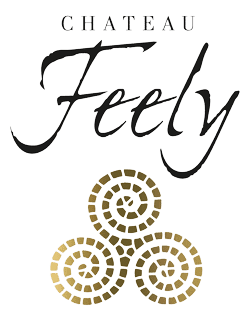
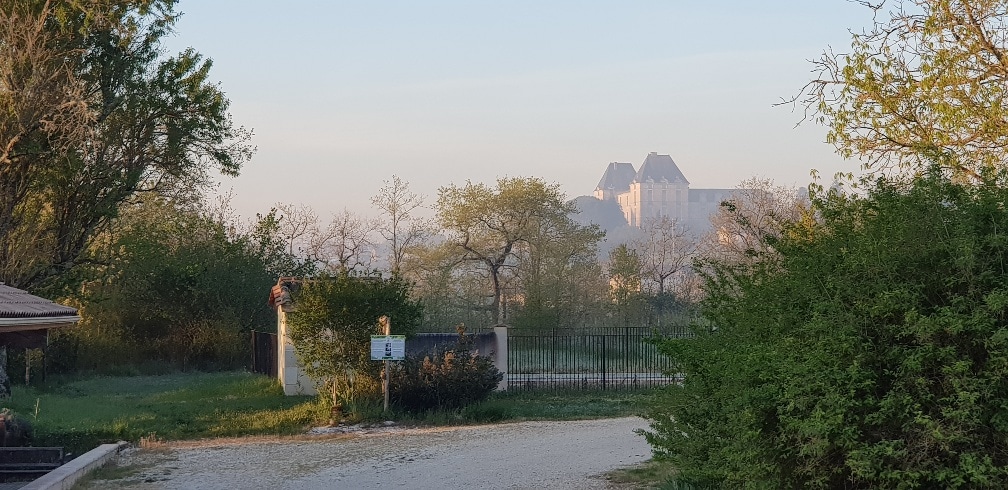
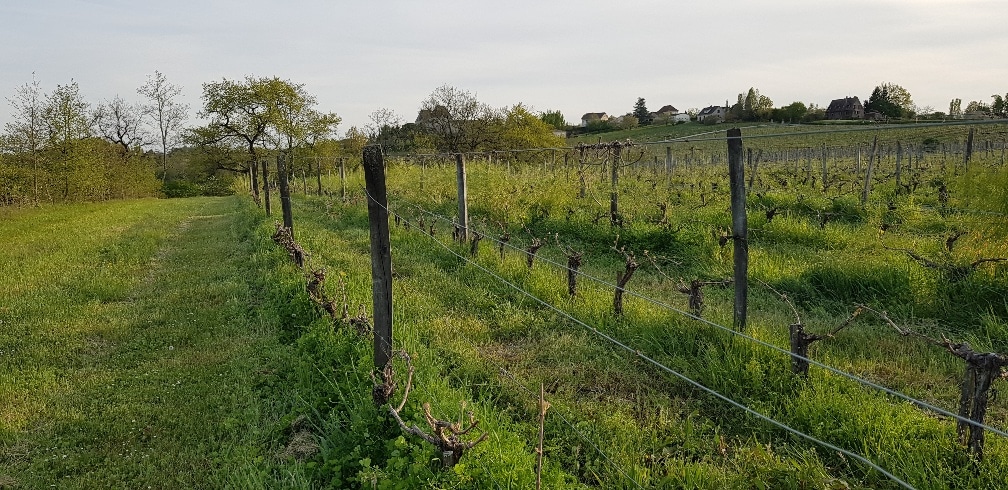




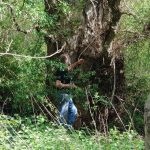
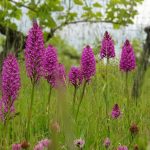
We wish you all the best for this year. Keep doing what you do so well; you are an inspiration.
Thanks so much Pam. We so appreciate your comment.
This is heartbreaking Caro. I hope it doesn’t impact too much in your harvest this year.
Thanks Alex 🙂